
Tipping the Scales in Myanmar’s Civil War
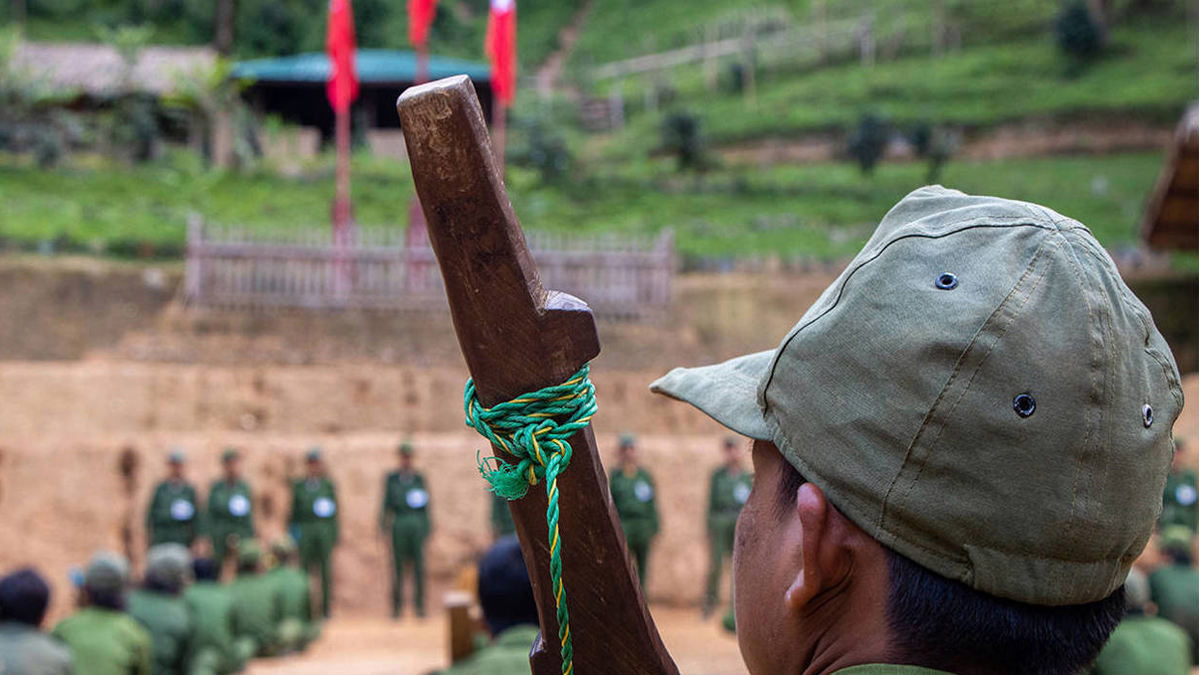
BANGKOK – Conflicts within and between countries take many forms, but they are always about power. That is as true for the brutal military coup that toppled Myanmar’s elected government two years ago as it is for Russia’s war against Ukraine. But while Ukraine’s plight has dominated world headlines and attracted billions of dollars in military equipment and other assistance, Myanmar’s subjugation from within has gone largely unnoticed by outsiders, and the civilian opposition has received little support.
To be sure, Southeast Asia is a coup-prone region. Cambodia, Indonesia, and the Philippines all endured “coup eras” before settling on roughly democratic trajectories, albeit with autocratic characteristics. Thailand has endured two putsches since 2006, and has yet to achieve a political bargain that can break the military and monarchy’s joint hold on power.
But Myanmar tops the lot. Its generals seized power in 1962. While direct military rule eventually gave way to constitutional dictatorship, it was not until 2011 that the military junta was officially dissolved and a nominally civilian government established. Even then, however, the miliary, under General Thein Sein’s leadership, retained key levers of power.
During the ensuing decade, Myanmar experienced political liberalization, economic reform, and real progress on development. As foreign investment poured in, businesses flourished, and embassies were established, the country seemed increasingly eager to leave military rule in the past. Consecutive elections – in 2015 and 2020 – boosted civilian power, as Aung San Suu Kyi’s National League for Democracy (NLD) secured landslide victories over the military’s Union Solidarity and Development Party.
After languishing for decades in dictatorship and despair, Myanmar’s ethnically diverse society – especially its younger cohort – saw the glimmer of a more prosperous, democratic future. But their hopes were dashed in February 2021 – less than three months after the country’s last election – when the commander-in-chief of the country’s armed forces, Min Aung Hlaing, staged a new coup.
But, this time, Myanmar’s people did not acquiesce. Immediately after the coup, hundreds of thousands of demonstrators took to the streets to protest the military takeover. As the months went on, the military junta blacked out the internet, declared martial law, and initiated a violent security crackdown: the regime has reportedly killed nearly 3,000 civilians and arrested nearly 17,000. But the people continued to resist.
Within days of the coup, the protesters joined forces with a committee representing the NLD members of parliament who had been elected in the previous election. This led to the formation, in April, of the National Unity Government (NUG), which includes members of the NLD, other parties, and independents. Working in tandem with the National Unity Consultative Council, the NUG promotes a vision of an inclusive, civilian-led government that serves the Bamar majority and ethnic minorities alike.
Meanwhile, Myanmar’s ethnic armed organizations (EAOs), particularly the Karens near the border with Thailand and the Kachins in the north, began pursuing open combat operations against Myanmar’s battle-hardened military. Then, in May, the NUG’s armed wing, the People’s Defense Force, was formed – a remarkable display of defiance by Myanmar’s young people, who form the majority of the PDF’s local militias. Unwilling to give up the freedom that was denied to their forebears, they took up rudimentary, often homemade arms and began, together with the EAOs, to fight.
Despite no central command structure or international support, the ragtag PDF militias have become increasingly coordinated and skillful in their use of guerrilla-style tactics, and have begun carrying out targeted assassinations. And, given widespread support for their cause, their ranks are growing. The EAOs, for their part, are carrying on the fight in their enclaves.
Myanmar’s military still has the advantage in terms of armor, artillery, and airpower. But the determined resistance that Myanmar’s people have mounted has prevented the junta from gaining full power over the country, roughly half of which is currently controlled by the opposition alliance. While the military can generate enough cash to sustain its patchy rule by selling natural resources, Myanmar’s civil war has become a stalemate.
So far, the international community has done little to help Myanmar’s people, even as they have endured a humanitarian crisis that recalls the country’s darkest days of dictatorship. Yes, sanctions have been imposed and condemnations issued. But China backs the junta, to which Russia supplies arms. Even the Association of Southeast Asian Nations – which includes Myanmar – has been ineffectual and done little to bring about peaceful dialogue.
Rather than remaining effectively complicit in the junta’s crimes against its own people, the international community should recognize the NUG, which has proved itself to be a viable government, able to provide political direction and raise revenue from both domestic supporters and the diaspora. Given that the civil war will ultimately be won and lost on the battlefield, it also means arming the opposition with defensive weapons, particularly portable anti-aircraft capabilities, which would neutralize the punishing airstrikes that have often claimed civilian lives.
Myanmar’s people are putting their lives on the line to take back a future stolen from them by a heinous regime. They deserve the international community’s support, just as Ukraine’s defenders do.
Thitinan Pongsudhirak is a professor at Chulalongkorn University’s Faculty of Political Science and a senior fellow at its Institute of Security and International Studies.
Copyright: Project Syndicate, 2023.
www.project-syndicate.org




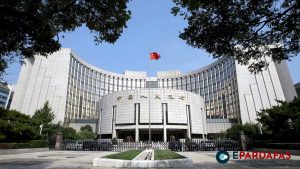
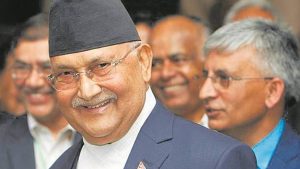

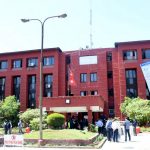



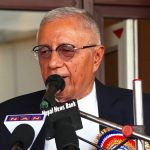
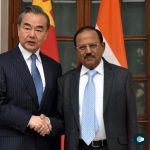
Comments